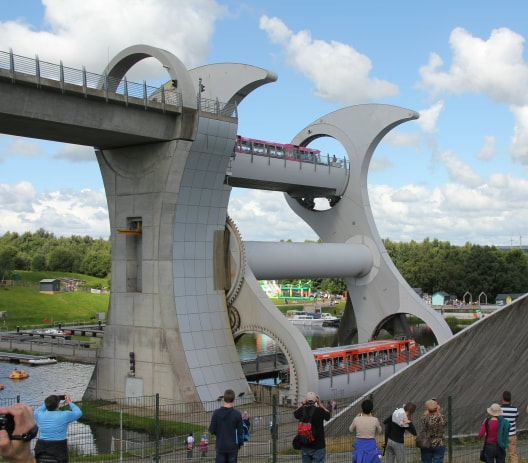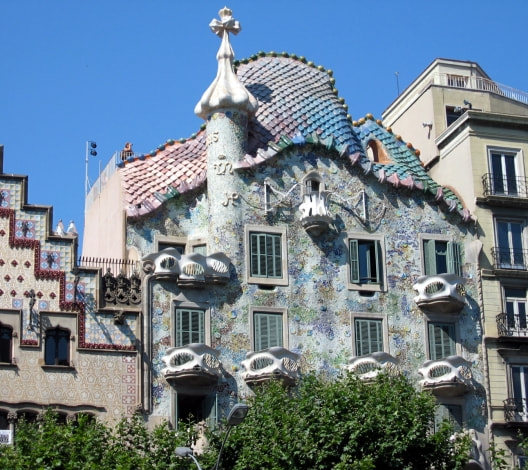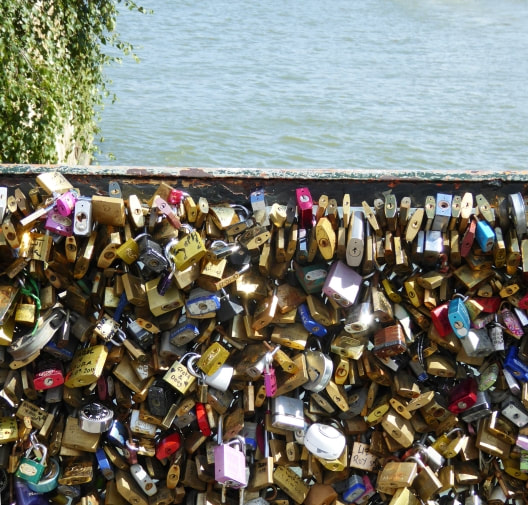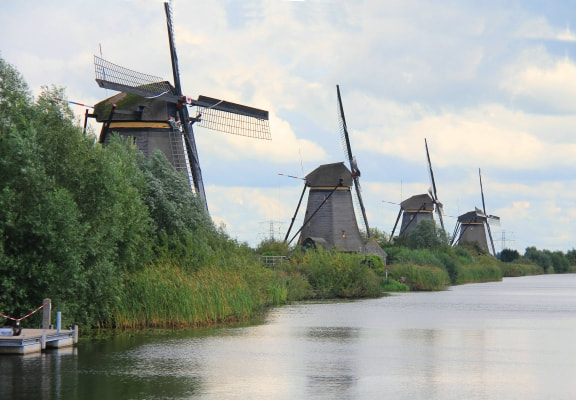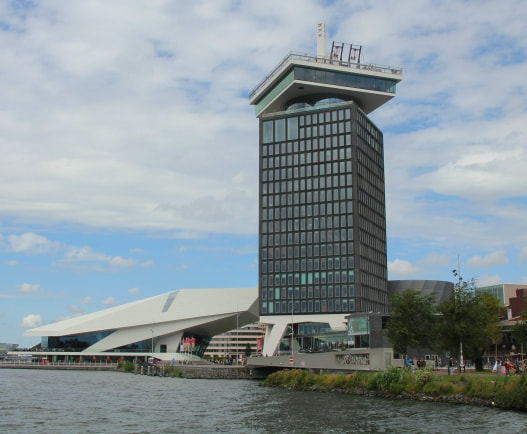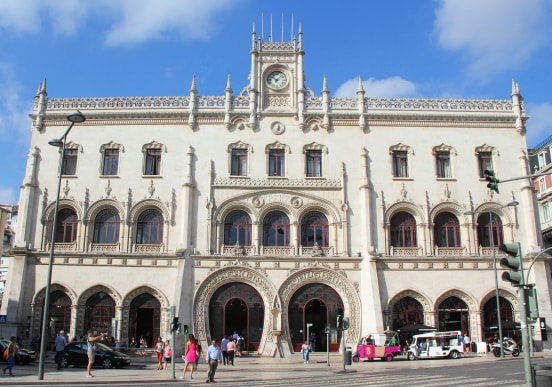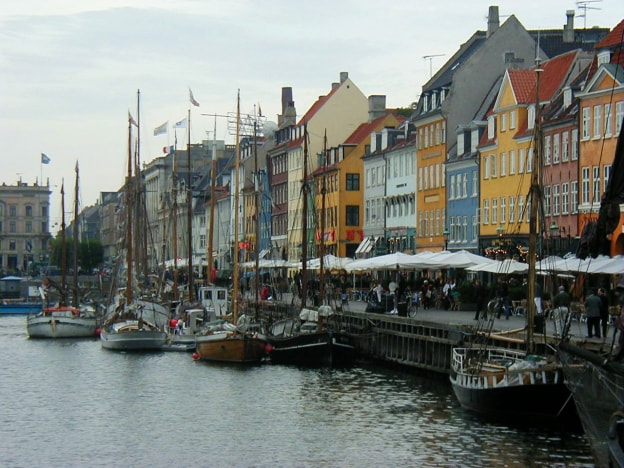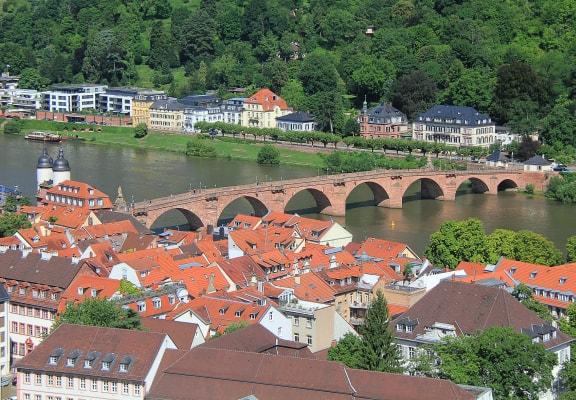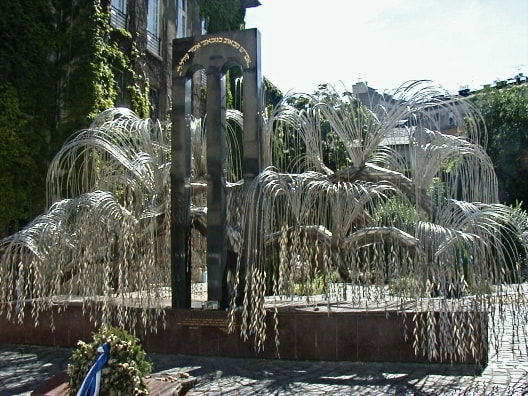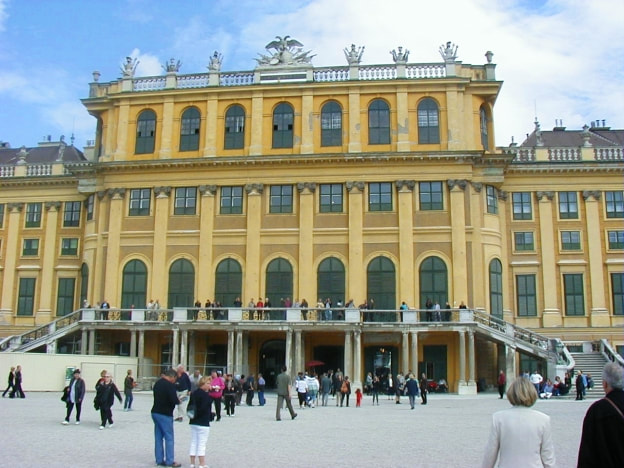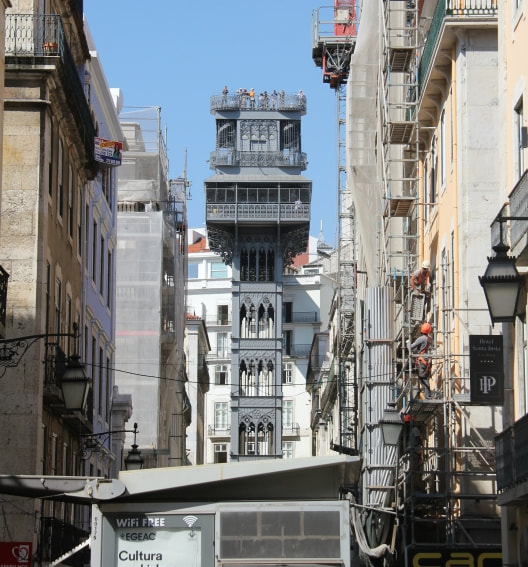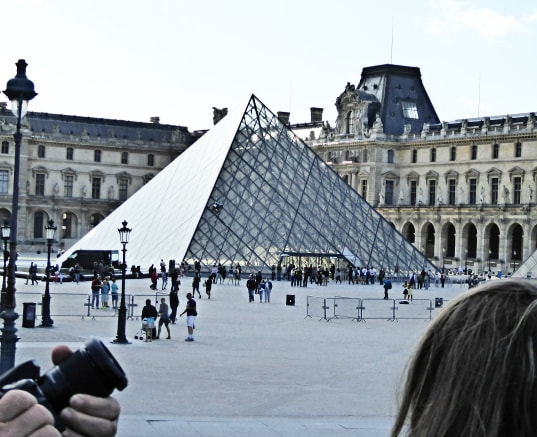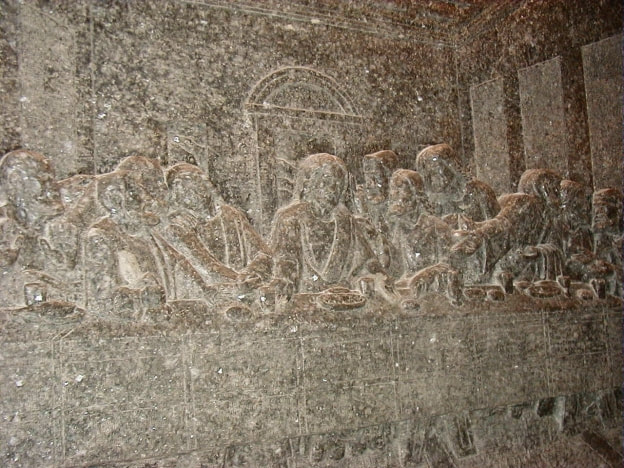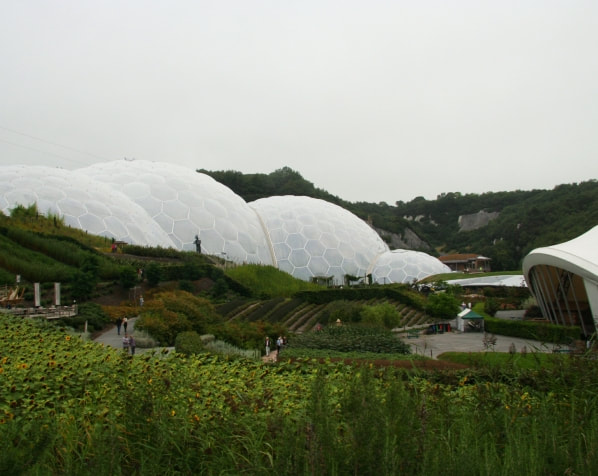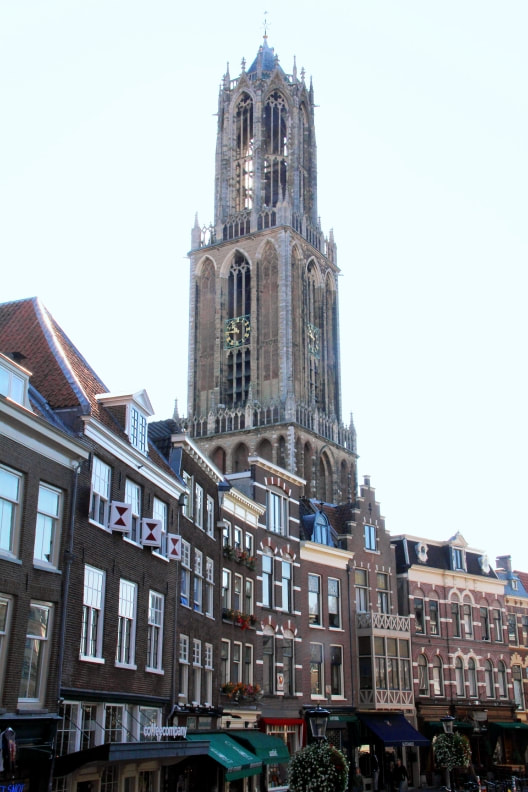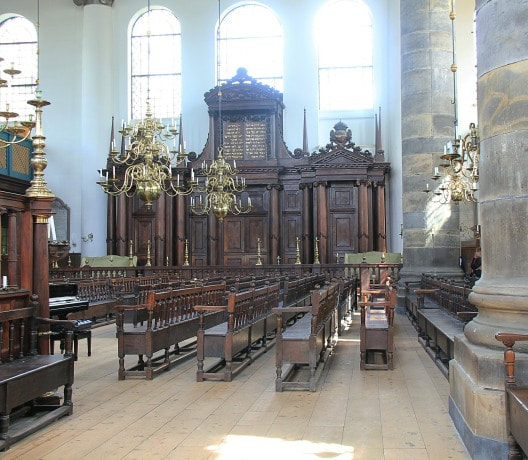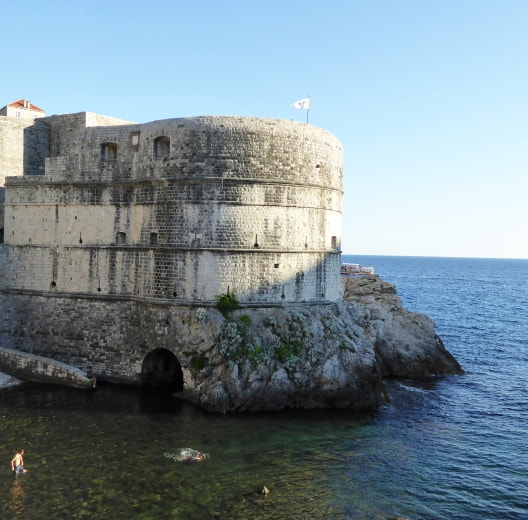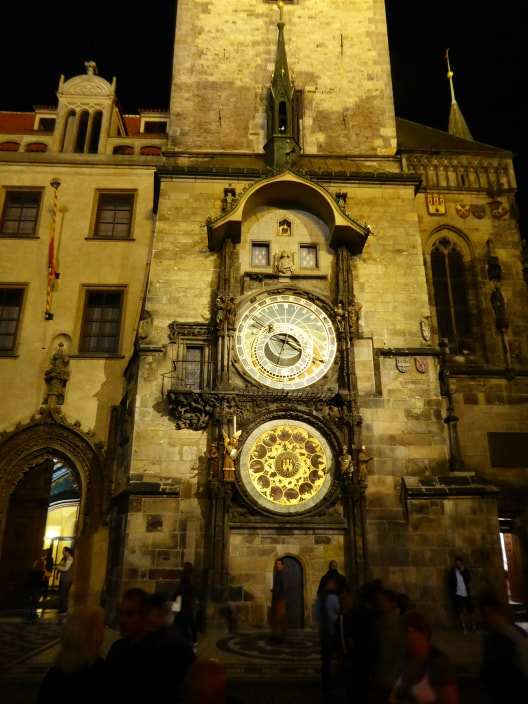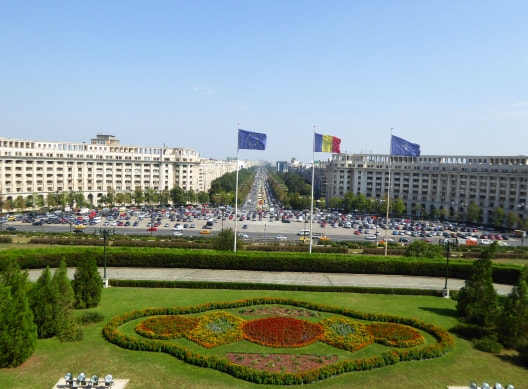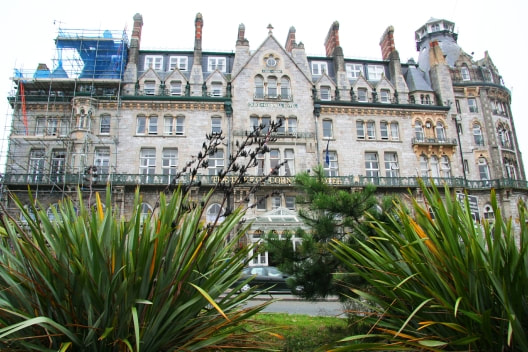Where am I No 3 - Photographic travel quiz
20 places
20 places
|
1) Scotland.
2) Denmark. 3) Mumbai. 4) New Zealand x
1 ) Country = Scotland; Town = Falkirk The Falkirk Wheel is a rotating boat lift in central Scotland, connecting the Forth and Clyde Canal with the Union Canal. The lift is named after Falkirk, the town in which it is located. It reconnects the two canals for the first time since the 1930s. It opened in 2002 as part of the Millennium Link project. |
|
1) Disneyland, Hong Kong
2) Brussels, Belgium 3) Barcelona, Spain 4) Durban, South Africa x
2) Barcelona, Spain Casa Batllo, a modernist building by Antoni Gaudi, UNESCO World Heritage Site, on Passeig de Gracia, Barcelona, Spain. |
|
1) Manchester, England
2) Venice, Italy 3) Tirana, Albania 4) Paris, France x
3) Paris, France. Paris city officials have started to remove padlocks symbolically fastened to one of the French capital's main bridges by loved-up couples. Tying a "love lock" on to the Pont des Arts and many other bridges, before throwing the key into the River Seine beneath has become a tourist tradition in recent years. This idea has been copied in other parts of Europe |
|
1) Rhodes, Greece
2) La Mancha, Spain 3) Kinderdijk, Netherlands 4) Mykonos, Greece x
4) Kinderdijk, The Netherlands. Kinderdijk is a village in the the Netherlands' South Holland province, known for its iconic 18th-century windmills. Its water-management network features 19 mills and 3 pumping stations, plus dikes and reservoirs that control flooding in the polder (low-lying land). |
|
1) Amsterdam
2) Brussels 3) San Fransisco 4) Rio x
5) Amsterdam, The Netherlands. ‘Over the Edge’ is Europe’s highest swing on A’DAM’s sky deck. This attraction is part of the A’DAM LOOKOUT Experience. Daredevils and thrillseekers will swing 100 meters high, back and forth over the edge of the tower with Amsterdam below their feet.. |
|
1) Florence, Italy
2) Brussels, Belgium 3) London, UK 4) Lisbon, Portugal x
6) Lisbon, Portugal, Rossio Station in central Lisbon. The late 19th century building complete with horseshoe shaped arches and ornamental clock was designed by José Luís Monteiro and is the main rail gateway to Sintra. The station is close to the metro stations of Rossio and Restauradores with the latter station having pedestrian connections to Rossio Station. |
|
1) Reykjavik, Iceland
2) Copenhagen, Denmark 3) Bergen, Norway 4) Tampa, USA x
7) Copenhagen, Denmark New Harbour (Nyhavn) is a not very new harbour dating from the 17th-century. Stretching from Kongens Nytorv to the harbour front just south of the Royal Playhouse, it is lined by brightly coloured 17th and early 18th century town-houses and bars, cafes and restaurants. The canal harbours many historical wooden ships. Clue:- Lyrics "Wonderful, wonderful Copenhagen Friendly old girl of a town 'Neath her tavern light On this merry night ...... " |
|
1) Mostar, Bosnia and Heregovina
2) Heidelberg, Germany 3) Alcantra, Spain 4) Prague, Czech Republic x
8) Heidelberg, Germany The Karl Theodor Bridge, commonly known as the Old Bridge (Alte Brücke), is an arch bridge in Heidelberg that crosses the Neckar river. It connects the Old City with the eastern part of the Neuenheim district of the city on the opposite bank. The current bridge, made of Neckar sandstone and the ninth built on the site, was constructed in 1788 by Elector Charles Theodore, and is one of the best-known landmarks and tourist destinations in Heidelberg. |
|
1) Budapest, Hungary
2) Tel Aviv, Israel 3) Lisbon, Portugal 4) Moscow, Russia x
9) Budapest, Hungary Found in the rear patio of the Dohány Street Synagogue, a small enclosed space solemnly remembers the sorrows of the Holocaust. The garden is named after Swedish diplomat Raoul Wallenberg, who saved tens of thousands of lives in the same way that Carl Lutz did. The Holocaust Memorial Park was built in memoriam of the Hungarian Jewish victims murdered by the Nazis. The centerpiece is a metal weeping willow – funded by American actor Tony Curtis whose father was a Hungarian Jew with the name of each of 30,000 victims delicately inscribed on each metal leaf. Upside down, the tree resembles a menorah, while in front of it are Tablets of Stone, symbolically stripped of inscriptions. Behind the willow tree you find the symbolic tomb of Raoul Wallenberg, as well as the Serpent Slayer statue built in his honor. |
|
1) Lisbon, Portugal
2) Pisa, Italy 3) Budapest, Hungary 4) Vienna, Austria x
10) Vienna, Austria Kings Palace. Schönbrunn Palace (German: Schloss Schönbrunn is a former imperial summer residence located in Vienna. The 1,441-room Baroque palace is one of the most important architectural, cultural, and historical monuments in the country. Since the mid-1950s it has been a major tourist attraction. The history of the palace and its vast gardens spans over 300 years. |
|
1) Barcelona, Spain
2) Lisbon, Portugal 3) Budapest, Hungary 4) Vienna, Austria x
11) Lisbon, Portugal The Elevador de Santa Justa is a 19th century lift that transports passengers up the steep hill from the Baixa district to the Largo do Carmo and the ruins of the Carmo church. The lift dates from an era when wrought-iron was both a construction material and art form, and the structure is adorned with glorious neo-gothic arches and geometric patterns, while inside two sumptuous polished wood carriages whisk passengers up in style. Historically the Elevador de Santa Justa provided an invaluable service by eliminating the steep slog up Carmo Hill, but today it is primarily a tourist attraction and one of the most unique sights of the city. At the top of lift is a viewing platform which provides wonderful panoramic views over the historic centre of Lisbon. |
|
1) Cairo, Egypt
2) Paris, France 3) Lima, Peru 4) Bogota, Columbia x
12) Paris, France The Louvre Pyramid is a large glass and metal pyramid designed by Chinese-American architect I.M. Pei, surrounded by three smaller pyramids, in the main courtyard of the Louvre Palace in Paris. Clue:- Home to the Mona Lisa by Loenardo Da Vinci, one of the worlds most valuable paintings. |
|
1) Jerusalem, Israel
2) Wieliczka, Poland 3) Nuremberg, Germany 4) Zagreb, Croatia x
13) Wieliczka, Poland The Wieliczka Salt Mine, located in the town of Wieliczka, in southern Poland. Opened in the 13th century. The mine produced table salt continuously until 2007, as one of the world's oldest salt mines in operation. Commercial mining was discontinued in 1996, because of salt prices going down and also mine flooding. The mine is currently one of Poland's official national Historic Monuments, whose attractions include dozens of statues and four chapels carved out of the rock salt by the miners, as well as supplemental carvings made by contemporary artists. |
|
1) Lalbagh Gardens, India
2) Marracech, Morocco 3) Cornwell, England 4) Durban, South Africa x
14) Cornwall, England The Eden Project (Cornish: Edenva) is a popular visitor attraction in Cornwall, England, UK. Inside the two biomes are plants that are collected from many diverse climates and environments. The project is located in a reclaimed china clay pit, located 2 km from the town of St Blazey and 5 km from the larger town of St Austell. The complex is dominated by two huge enclosures consisting of adjoining domes that house thousands of plant species, and each enclosure emulates a natural biome. |
|
1) Dublin, Ireland
2) Dusseldorf, Germany 3) Salzburg, Austria 4) Utrecht, Netherlands x
15) Utrecht, The Netherlands The Dom Tower of Utrecht is the tallest church tower in the Netherlands, at 112.5 metres in height, and the Gothic-style tower is the symbol of the city. |
|
A famous synagogue
|
1) Amsterdam
2) Poland 3) Portugal 4) Russia x
16) Amsterdam, The Netherlands The Portuguese Synagogue, also known as the Esnoga, or Snoge, is a late 17th-century Sephardic synagogue in Amsterdam, completed in 1675. Esnoga is the word for synagogue in Ladino, the traditional Judaeo-Spanish language of Sephardic Jews. |
|
1) Dubrovnik
2) Gibraltar 3) Istanbul 4) Prague x
17) Dubrovnik, Croatia Dubrovnik is a city in southern Croatia fronting the Adriatic Sea. It's known for its distinctive Old Town, encircled with massive stone walls completed in the 16th century. Its well-preserved buildings range from baroque St. Blaise Church to Renaissance Sponza Palace and Gothic Rector’s Palace, now a history museum. Paved with limestone, the pedestrianized Stradun (or Placa) is lined with shops and restaurants. |
|
1) Dubrovnik
2) Prague 3) Amsterdam 4) London x
18) Prague, Czech Republic. The Prague astronomical clock, or Prague orloj, is a medieval astronomical clock located in Prague, the capital of the Czech Republic. The Orloj is mounted on the southern wall of Old Town Hall in the Old Town Square. The clock mechanism itself has three main components: the astronomical dial, representing the position of the sun and moon in the sky and displaying various astronomical details. |
|
1) Bucharest
2) Kaunas 3) Berlin 4) Budapest x
19) Bucharest, Romania View from the palace. The Palace of the Parliament is the seat of the Parliament of Romania. Located on Dealul Arsenalului in the national capital city of central Bucharest. This building is the second largest administrative building in the world after The Pentagon. |
|
A beachside hotel
|
1) Devon, England
2) Dublin Ireland 3) Edinburgh, Scotland 4) Plymouth, England x
20) Plymouth, Devon, England The Duke of Cornwall Hotel is a hotel in the city of Plymouth, Devon, England. Built in Victorian Gothic style, it opened in 1865 to cater for the increasing number of travelers who were coming to the region by rail and sea. The hotel survived the World War II Plymouth Blitz without damage, and was the venue for regular functions throughout the war, even though the family that ran it were members of the fascist party and were removed from the city in 1944. In the 1970s and early 1980s it was threatened with closure but, helped by poet laureate John Betjeman's praise for its architecture, it was saved by a major refurbishment. Today it is considered to be one of Plymouth's principal landmarks |
Proudly powered by Weebly
